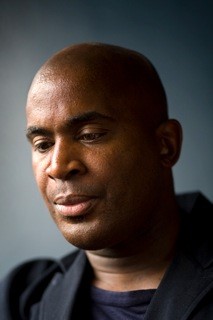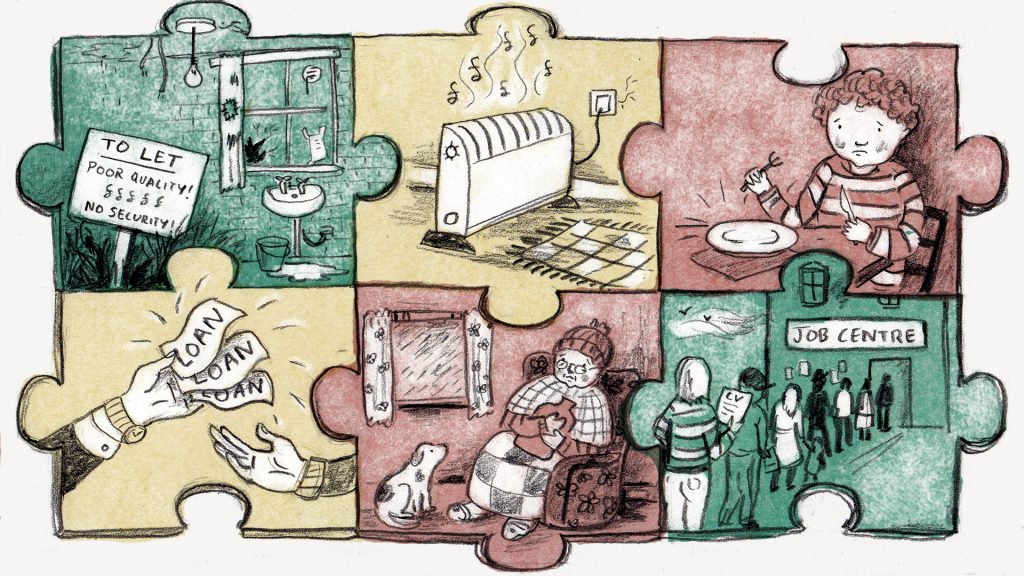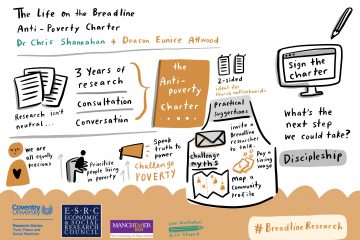What are the relationships between austerity and the pressing and depressing issue of serious youth violence (knife crime)?
What are churches doing to address the cites of struggle, both the ‘ground war’ to protect vulnerable people, and the ‘air war’ or campaigning and advocating for structural change?
To get a sense of the violence-austerity nexus, Life on the Breadline Co-Investigator Robert Beckford spoke to Ben Lindsay of Power the Fight.


Robert: Ben, your organisation works to promote strategies for reducing knife crime in London. Can you tell me what inspired you to begin this work?
Ben: Power the Fight was founded out of a deep belief in the value of human life and the importance of community. It is a response to a growing need for all parts of society to take responsibility for one another.
Having spent more than 18 years working with and for local authorities, I had seen the impact of sustained austerity measures. Churches, faith groups and community groups, often with their own buildings and access to resources and volunteers, have a unique contribution to make.
In 2016 following the murder of teenager Myron Yarde, I started gathering people from within and outside the local church to reflect, pray and create a space for dialogue for anyone in the community concerned about youth violence. Policy makers, police, youth workers, pastors, clergy and parents joined together to listen and learn from each other. This collective response inspired the beginnings of Power the Fight.
ben lindsay
Churches, faith groups and community groups, often with their own buildings and access to resources and volunteers, have a unique contribution to make
Robert: How has austerity impacted the fight against serious youth violence?
Ben: Austerity is probably one of the key reasons why we are in the mess. Since the austerity cuts in 2011, youth clubs have closed, and front-line services have been eradicated. According to research by Unison, freedom of information requests from 168 local authorities across the UK shows that youth services lost at least £60m of funding between 2012 and 2014. More than 2000 jobs were lost. Around 350 youth centres closed and 41,000 youth service places for young people and at least 35,000 hours of outreach work by youth workers were cut.
I believe this is part of the reason why youth violence has increased over the past few years. The first line of defence was breached and this along with Police cuts, race disproportionality in the criminal justice system, the fluidity and accessibility of technology such as social media and smart phones plus increased exclusions in schools leading children going to pupil referral units which can lead to criminality which can lead to prison are some of the reasons we are in the epidemic.
Robert: What practical steps are necessary to reverse the trend? What agency does the church have?
Ben: The church can make a very significant contribution towards the issue by not just praying or burying young people but by intelligently offering their buildings, resources and volunteers to help combat the issue. This will look different depending on where the church is based and how well they are embedded into the community and whether they are connected to local and central government.



